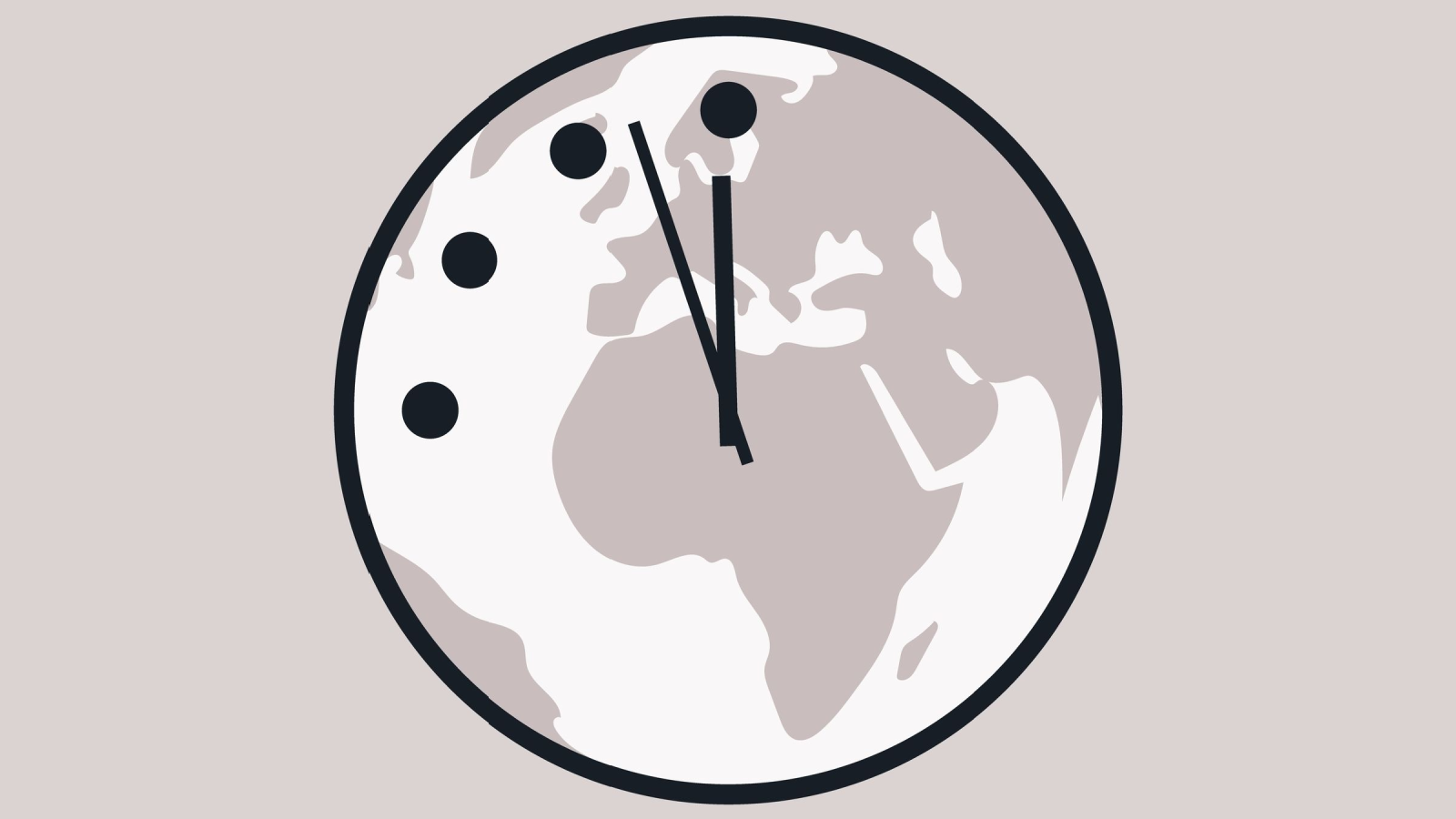
The Doomsday Clock Moves Closer
The Doomsday Clock set at 90 seconds until midnight yesterday — the closest time measured since its origination in 1947. This symbolic measure of calamity to human life has blame “largely, though not exclusively” due to the war in Ukraine.
According to the Bulletin of the Atomic Scientists, the clock isn’t designed to foresee human threats. It creates awareness around topics that are growing harmful to the world because of us.
“We are living in a time of unprecedented danger, and the Doomsday Clock time reflects that reality,” says Rachel Bronson, the CEO of the Bulletin.
The creation of the clock was born out of sheer deliberation to warn the public. The dropping of the atomic bomb in Nagasaki 1945 first raised the question on mass destruction. Every year, Bulletin scientists set the hands of the clock due to different scientific expertise around the world. The metaphorical purpose of the clock after World War II was to show the results of nuclear mass destruction. Now, climate change is becoming an equally important threat.
The Different Direction of Time
“It’s much harder to have a kind of before and after midnight clear sense of what that means [for climate],” Rachel mentions in a University of Chicago podcast.
Not to mention, the various communities of different factors of oppression. “Mostly black, brown, Indigenous, and poor” are guaranteed to be affected by doomsday first. Any form of destruction towards a class society shows the size distribution of harm in different takes.
The accuracy of the clock is neither here nor there when it comes to measurement. Moving the hands in different directions drastically is a possibility. The signing of the Strategic Arms Reduction Treaty by President H.W. Bush in 1991 moved the hands furthest from midnight. The closest to striking midnight before Wednesday came within three minutes in 2016 as the Iran nuclear agreement formed.
Research studies show how people are making effort to turn back time on the clock. Bronson believes the biggest impact comes in public engagement and discussion. It may not seem much, but the power of talking spreads the awareness on serious issues.
Featured Image by Nadia Snopek / Shutterstock.com


